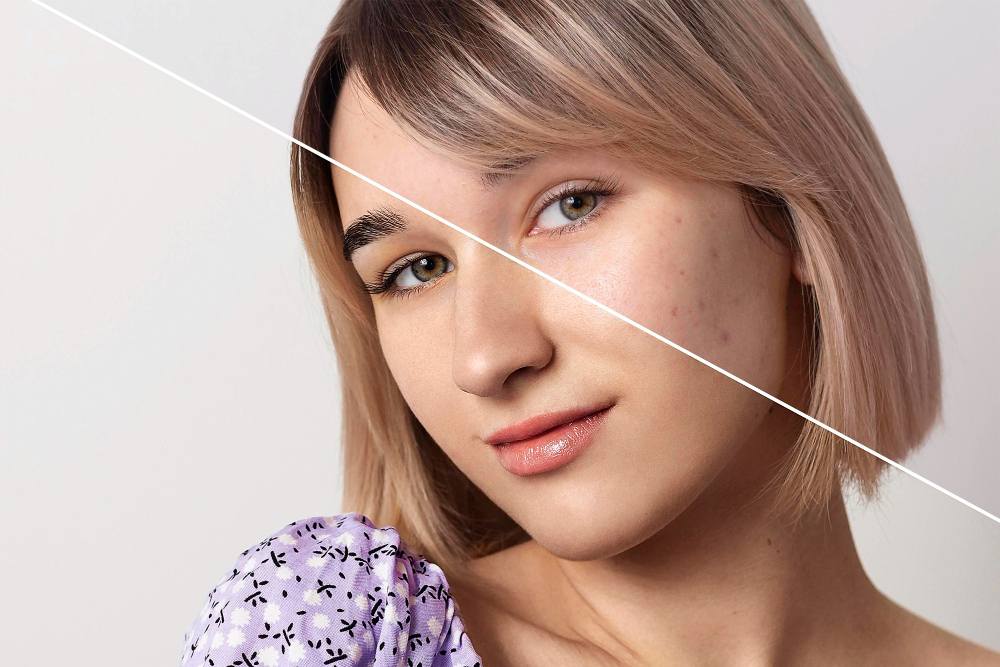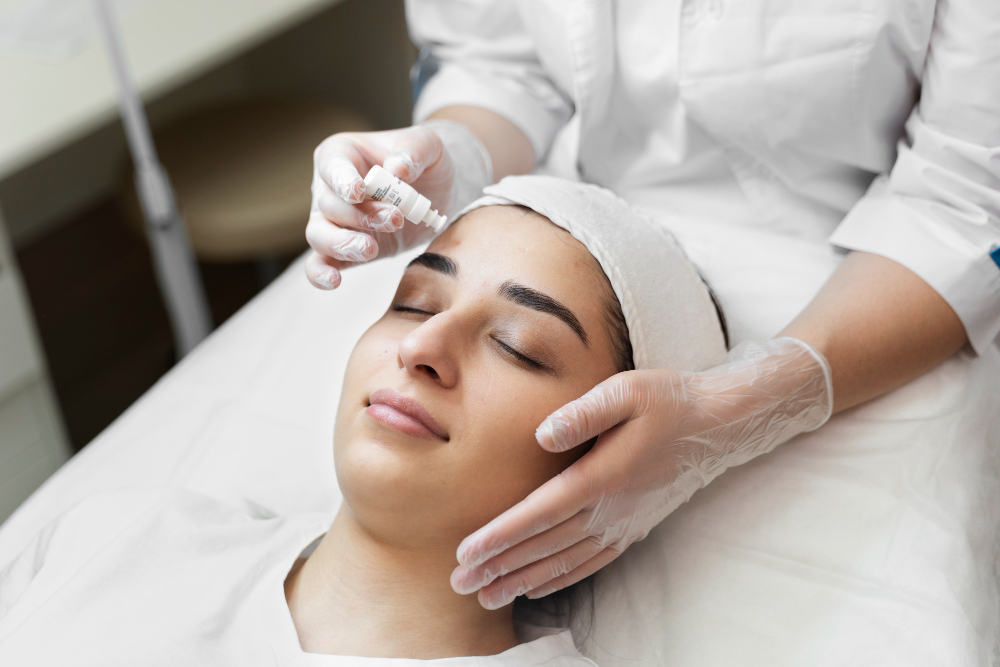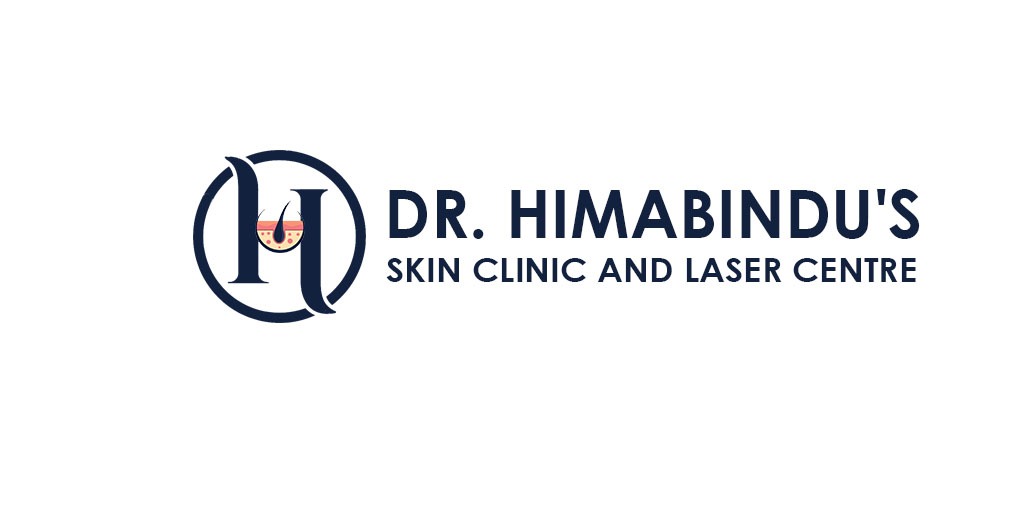Laser
Laser Treatment

Acne
Acne is a common skin condition that occurs when hair follicles become clogged with oil and dead skin cells, leading to the formation of pimples, blackheads, and whiteheads. It often affects teenagers during puberty, but it can also affect adults. Treatment options include over-the-counter products, prescription medications, and lifestyle changes. If you’re experiencing acne, it’s best to consult with a dermatologist for personalized advice and treatment.

Facial Rejuvenation
Facial rejuvenation refers to various cosmetic procedures or treatments aimed at restoring a more youthful appearance to the face. There are both surgical and non-surgical options available:
Surgical procedures: These include facelifts, brow lifts, and eyelid surgery (blepharoplasty), which tighten and lift the skin to reduce sagging and wrinkles.
Non-surgical procedures: These involve treatments like Botox injections to relax facial muscles and reduce wrinkles, dermal fillers to restore lost volume, chemical peels to improve skin texture, and laser resurfacing to address skin imperfections.

Hair Removal
Hair removal refers to the process of getting rid of unwanted hair from various parts of the body. There are several methods of hair removal, including:
Shaving: The most common method using razors or electric shavers to cut the hair at the skin’s surface.
Waxing: Involves applying hot or cold wax to the skin and then removing the hair from the root.
Depilatory Creams: Chemical-based creams that dissolve the hair at the skin’s surface.
Laser Hair Removal: Uses laser technology to target hair follicles and reduce hair growth over time.

Pigmentation
Pigmentation refers to the coloration of the skin, which is determined by the amount and distribution of a pigment called melanin. Melanin is produced by specialized cells called melanocytes.
Electrolysis: A permanent hair removal method that involves inserting a tiny probe into the hair follicle and destroying it with an electric current.
There are two main types of pigmentation:
Hyperpigmentation: This occurs when there is an excess production of melanin, leading to dark patches or spots on the skin. Common causes include sun exposure, hormonal changes, acne, and certain medications.
Hypopigmentation: This refers to areas of the skin that have reduced melanin production, resulting in lighter patches or white spots. It can be caused by skin conditions like vitiligo or certain injuries.

Scar Treatment
Scar treatment aims to improve the appearance and texture of scars resulting from injuries, surgeries, or skin conditions. There are various scar treatment options available, depending on the type and severity of the scar:
Topical treatments: Over-the-counter or prescription creams, gels, or silicone sheets can be used to reduce the visibility of scars and improve their texture.
Corticosteroid injections: These injections are used to flatten and soften raised or keloid scars.
Laser therapy: Certain types of lasers can help minimize the appearance of scars by stimulating collagen production and remodeling the skin.
Surgical scar revision: In some cases, a surgeon may perform a procedure to improve the appearance of a scar, such as excision, dermabrasion, or skin grafting.
Microneedling: This involves using a device with fine needles to create controlled micro-injuries, promoting collagen production and reducing the appearance of scars.
Chemical peels: A chemical solution is applied to the skin to remove the top layer, improving the appearance of certain types of scars.

Tattoo Removal
Tattoo removal is a process of removing unwanted tattoos from the skin. There are several methods of tattoo removal, each with its own advantages and considerations:
Laser tattoo removal: This is the most common and effective method. It uses laser technology to break down the tattoo ink into smaller particles, allowing the body’s immune system to gradually remove them. Multiple sessions are usually required, and the number depends on factors like the tattoo’s size, colors, and depth.
Surgical excision: In this method, the tattoo is physically cut out of the skin, and the remaining skin is stitched together. This approach is typically used for small tattoos, but it may leave a scar.
Dermabrasion: This method involves using a high-speed brush to “sand” away the top layers of the skin, effectively removing the tattoo. It’s less common nowadays due to the risk of scarring.
Tattoo removal creams: Some topical creams claim to fade tattoos, but their effectiveness is often questionable, and they may cause skin irritation.

Vascular Lesions
Vascular lesions are abnormalities or disorders that involve the blood vessels in the skin. There are two main types of vascular lesions:
Hemangiomas: These are benign tumors that form from an overgrowth of blood vessels. They are usually present at birth or appear shortly after and can be either superficial (capillary hemangiomas) or deep (cavernous hemangiomas).
Vascular Malformations: These are defects in the development of blood vessels, and they are typically present at birth. Vascular malformations can be classified into various types based on the type of blood vessels involved and their appearance.



